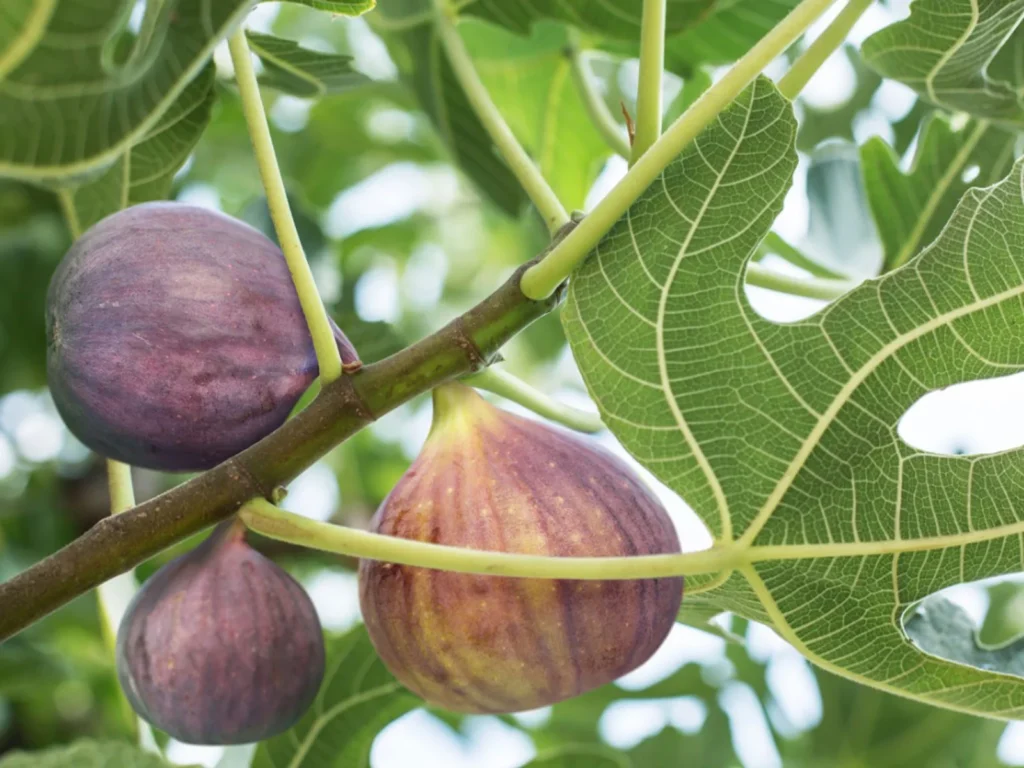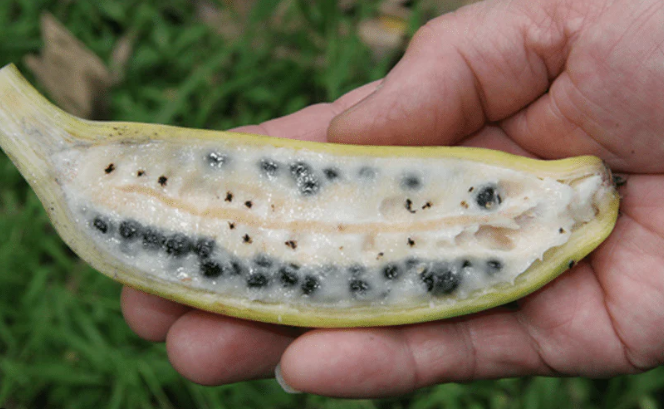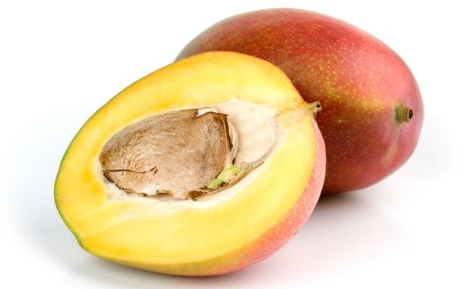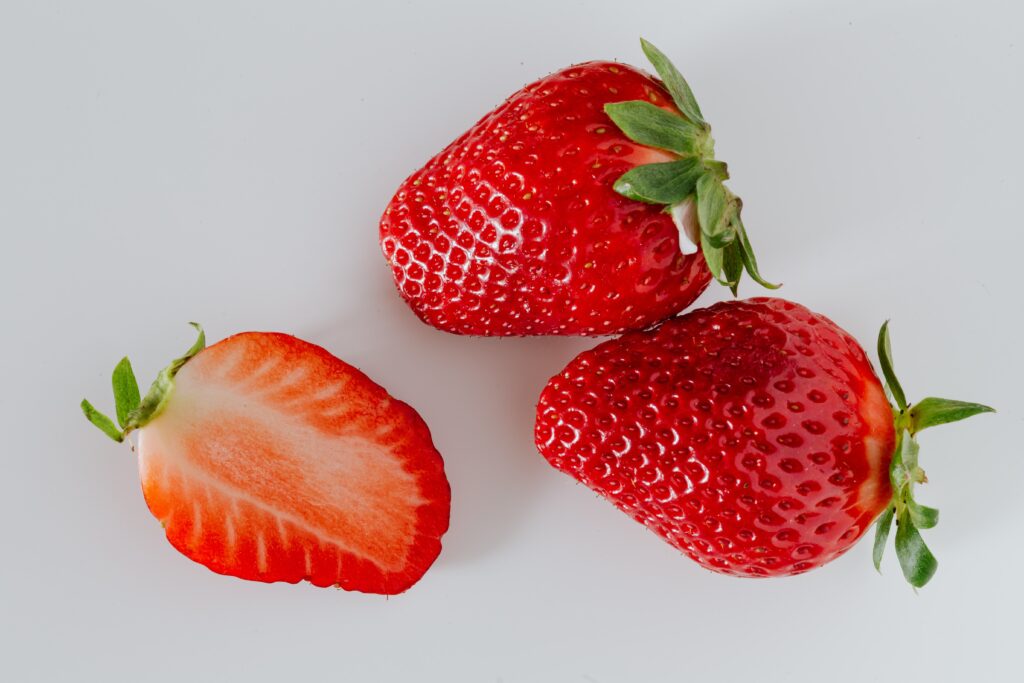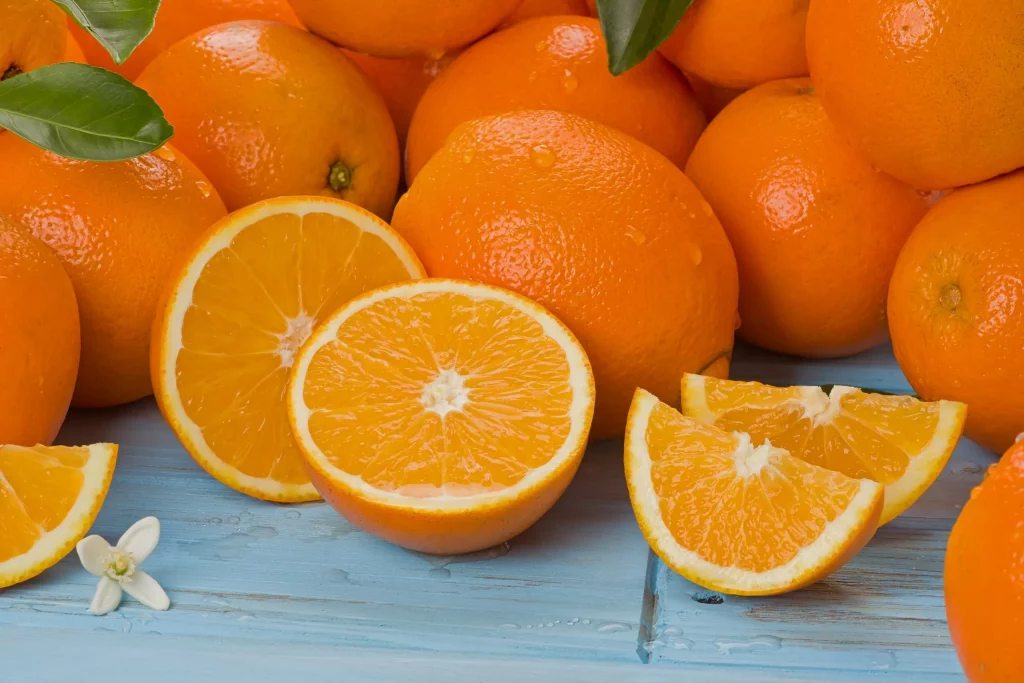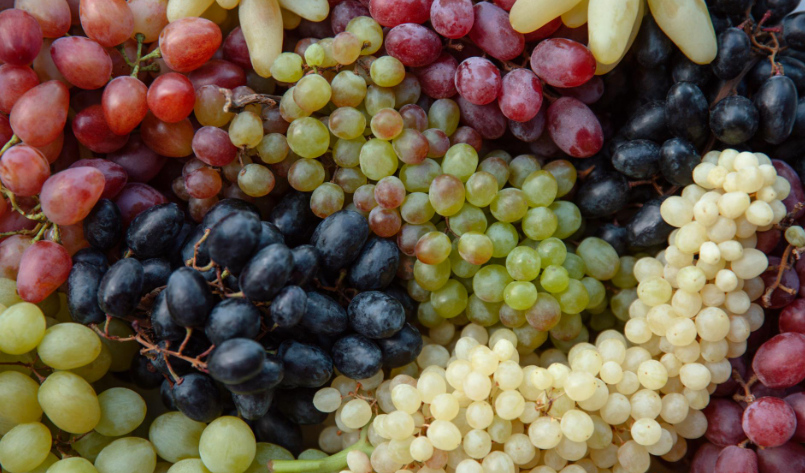Bananas are a very popular fruit eaten all over the world because they are sweet, easy to use in recipes, and good for your health. But some people are curious about whether bananas are acidic or alkaline. So, what’s their pH level?
Table of Contents
What Is pH and What Does It Have to Do with Bananas?
The term pH tells us if something is acidic or alkaline. The pH scale goes from 0 to 14. If something has a pH of 0, it’s very acidic, a pH of 7 is neutral, and a pH of 14 is very alkaline.
Whether a food is acidic or alkaline depends on what it’s made of. Acidic foods have more acidic stuff like citric acid and usually have a lower pH. Alkaline foods have things like bicarbonate that make them have a higher pH.
Bananas have both acidic parts, such as citric and malic acid, which make them tangy, and alkaline parts like potassium, calcium, and magnesium. The mix of these parts affects the overall pH of the banana.
What’s the pH of Fresh Bananas?
A fresh, ripe banana has a pH that can range from about 4.5 to 5.2, which makes it a bit acidic.
Green bananas, which are not ripe yet, have a pH that’s around 5.0 to 5.5, making them more acidic. As bananas get riper, they become less acidic because the starch turns into sugars, and this change raises their pH a bit.
Even though bananas are not as acidic as citrus fruits, which have a pH between 2 and 3, they still have a low enough pH to be considered more acidic than neutral or alkaline.
How Ripeness and Storage Change a Banana’s pH
As bananas ripen, they become less acidic, which makes their pH go up a little. How much this happens also depends on how you store them.
One study showed that bananas kept at 64°F (18°C) got less acidic and their pH went from 5.2 to 5.8 over six days. But, bananas stored at a cooler 50°F (10°C) didn’t change much in pH.
So, if you keep bananas at room temperature, they can end up with a pH as high as 6.5 when they are very ripe and brown. But, if you keep them cool before they ripen, they’ll stay more acidic with a pH between 4.5 and 5.2.
To make sure bananas stay more on the acidic side, it’s best to store them properly and not keep them at room temperature for too long after they’ve ripened.
Does Processing Bananas Change Their pH?
Turning bananas into things like puree, powder, flakes, or chips can change their pH level too.
When scientists compared processed banana products with fresh bananas, they found:
- Banana puree has a pH that’s higher, between 5.6 to 6.0, because blending them releases more alkaline minerals which makes the pH go up.
- Dried banana powders and flakes have a pH around 5.8 to 6.5 because they lose some acidity while drying out.
- Banana chips’ pH changes twice – first, it goes down when they are fried because acids move into the chips, but then it goes up over time as the acids break down.
In general, fresh ripe bananas have a slightly acidic pH of around 5.2. But when they’re processed, their pH can go up quite a bit because acids break down and more alkaline things come out.
What Happens to Banana pH When You Cook Them?
Cooking bananas affects their pH too. Usually, acids break down faster than sugars when you heat them up, so cooking often makes things less acidic.
A study found that if you microwave bananas for two minutes, their pH goes from about 5.2 down to 4.9 because of the quick heat. But if you bake them in an oven for 15 to 30 minutes, their pH can go up a lot, from 5.2 to between 5.8 and 6.3, because the acids have more time to break down even though the heat isn’t as intense as in a microwave.
This means that if you cook bananas quickly with high heat, like in a microwave, their pH might go down a little. But if you bake them for a longer time, the pH will go up due to more acids breaking down.
How Banana pH Affects Health
Knowing how acidic bananas are, you might wonder how this affects our health. Here’s what banana acidity does to our body:
- Digestion: Bananas help with digestion because they have an acidic pH and enzymes that help the stomach work better. They also act like prebiotics that feed the good bacteria in our guts.
- Nutrient Absorption: The acidity in bananas makes it easier for our bodies to take in important minerals like potassium and magnesium, plus B-vitamins.
- Teeth Health: The acid in bananas can weaken teeth if you eat too many, which might make cavities more likely.
- Handling Heartburn: Bananas are usually okay for people who get heartburn because they’re not too acidic, especially compared to citrus fruits.
- Blood Sugar: Unripe bananas that are more acidic can be better for managing blood sugar since they release their sugars slowly.
Even though they’re just a bit acidic, bananas’ pH does have an effect on things like how well we digest food, how well we absorb nutrients, and how our teeth and blood sugar levels are affected. Because they’re only a little bit acidic, they’re gentle on people with reflux, and they’re nutritious as part of a mixed diet.
Tips for Managing Banana pH
If you need to watch out for the acidity in bananas, here are some tips:
- Pick ripe bananas which are less acidic than green ones.
- Cook or bake bananas to reduce their acidity.
- Eat bananas with alkaline foods like nut milk or spinach to even out the pH.
- Don’t eat too many bananas. Stick to 1-2 a day and eat other kinds of food too.
- Wait a little while after taking medicine before eating bananas, because the acid might affect how the medicine works.
- Rinse your mouth after eating a banana to help protect your teeth, especially if you get cavities easily.
Watching out for the acidity in bananas and trying to balance it when needed can help you make the most out of their health benefits while keeping any issues from their acidity to a minimum.
The Overall Summary
So, are bananas acidic or alkaline? Since bananas have both types of components, their pH when they’re ripe is between 4.5 and 5.2, which puts them on the acidic side.
Their tangy taste comes from organic acids like citric and malic acid. As bananas get riper or are processed and cooked, their pH can go up quite a bit because the acids break down. But a whole, fresh banana is still more acidic than most other types of fruit.
Although they’re just mildly acidic, the pH of bananas affects things like how they help with digestion and take in nutrients, and how they affect your teeth and how sugar gets into your blood. Paying attention to their level of acidity can help you enjoy the good stuff in bananas, making them a good choice for a varied and healthy diet.
